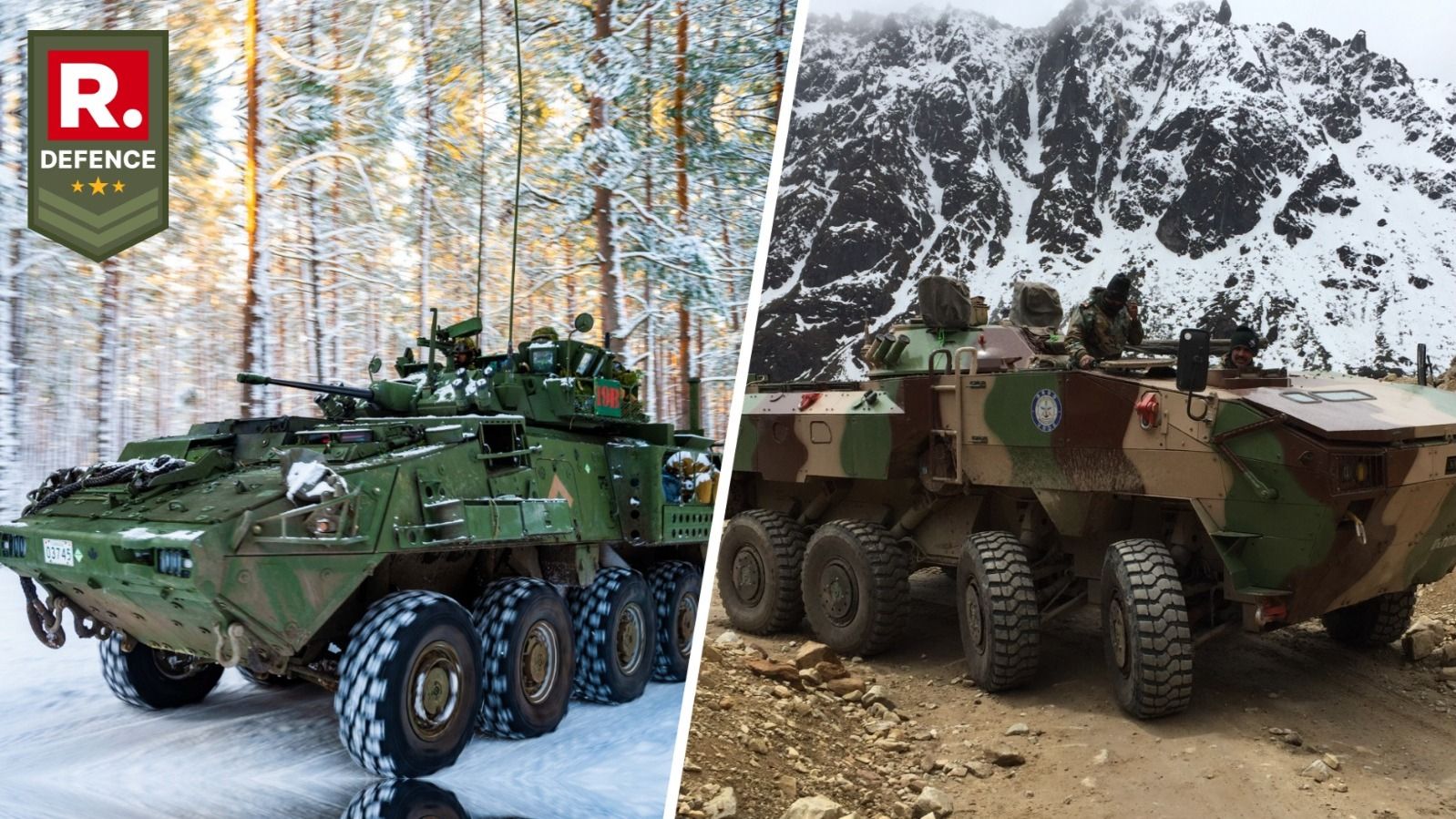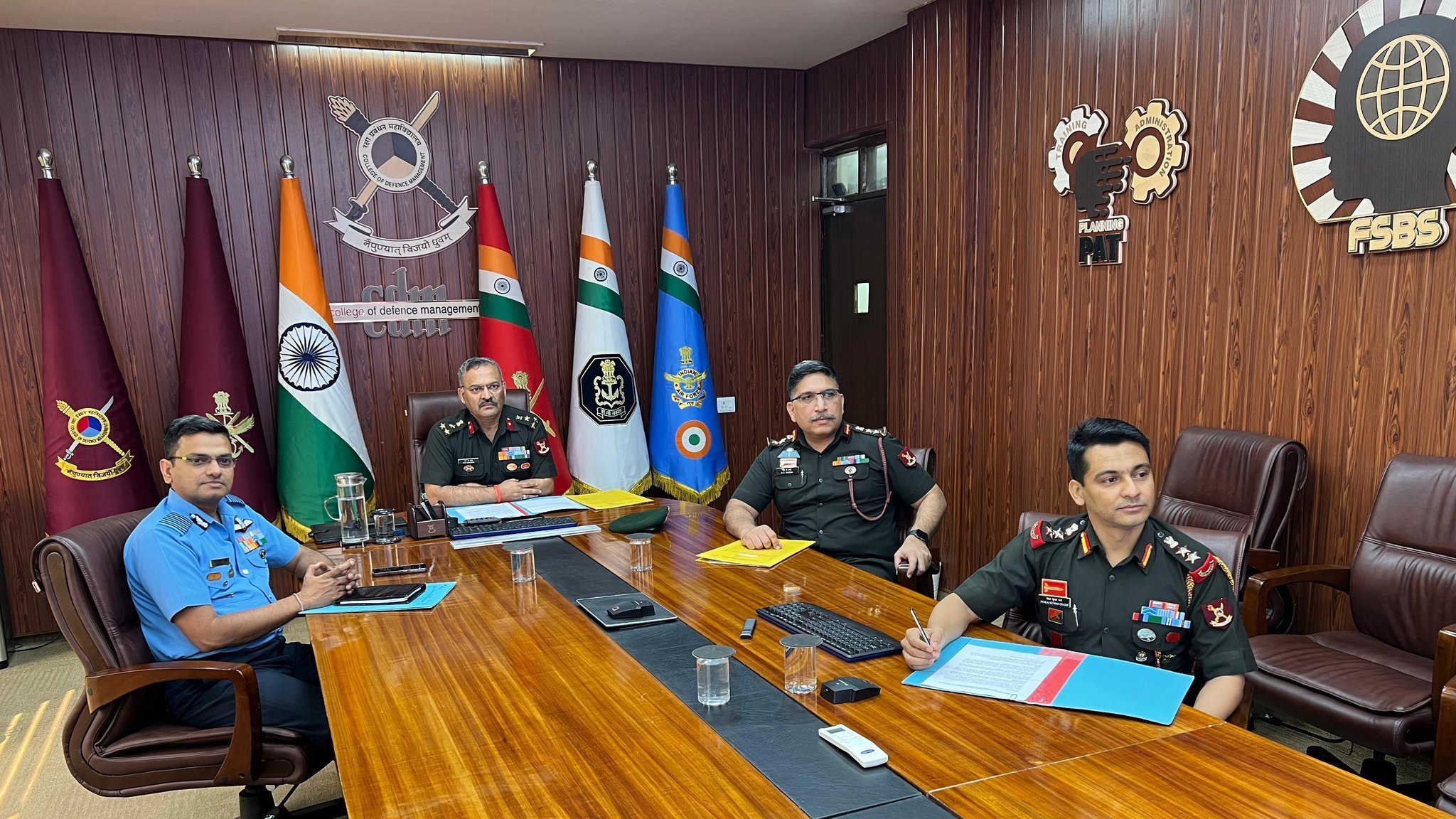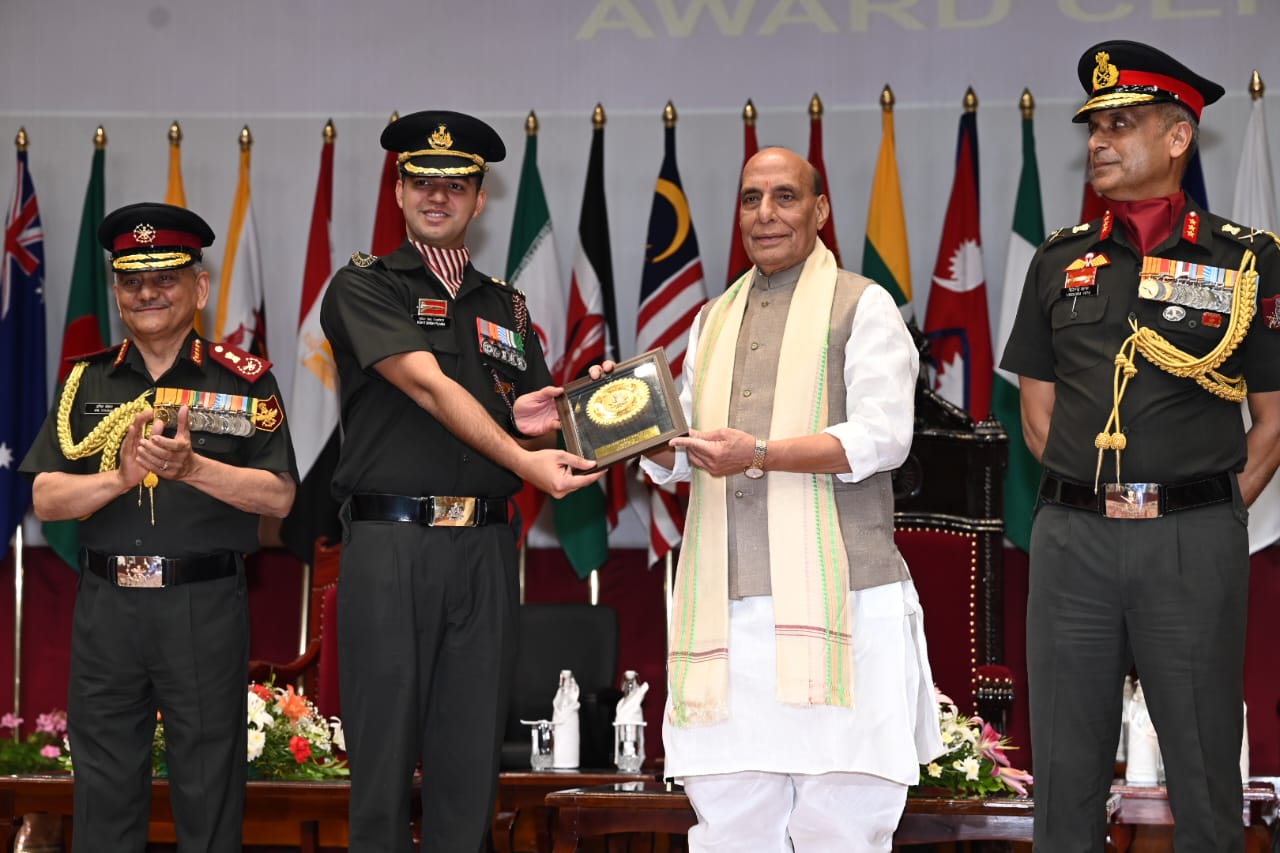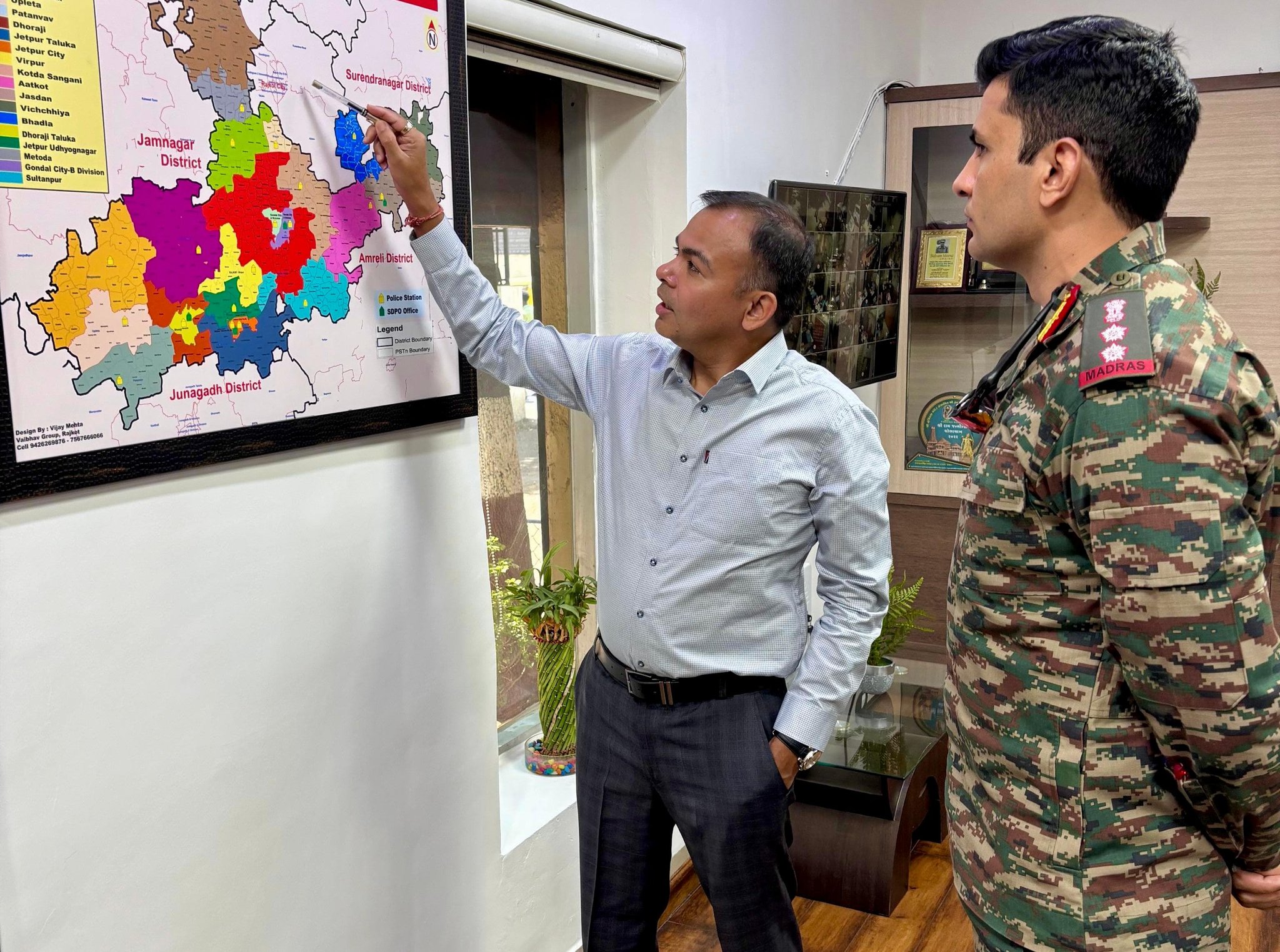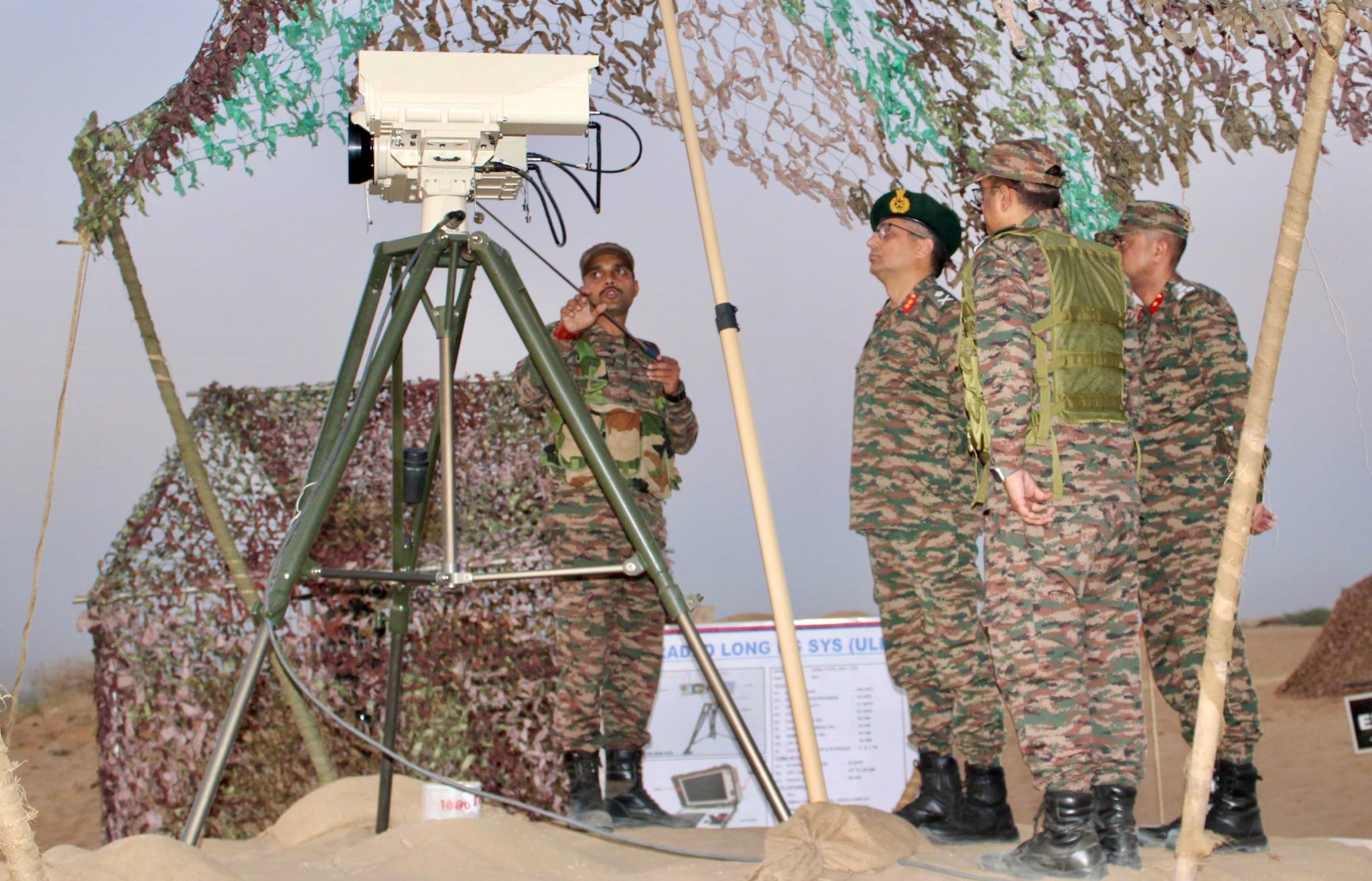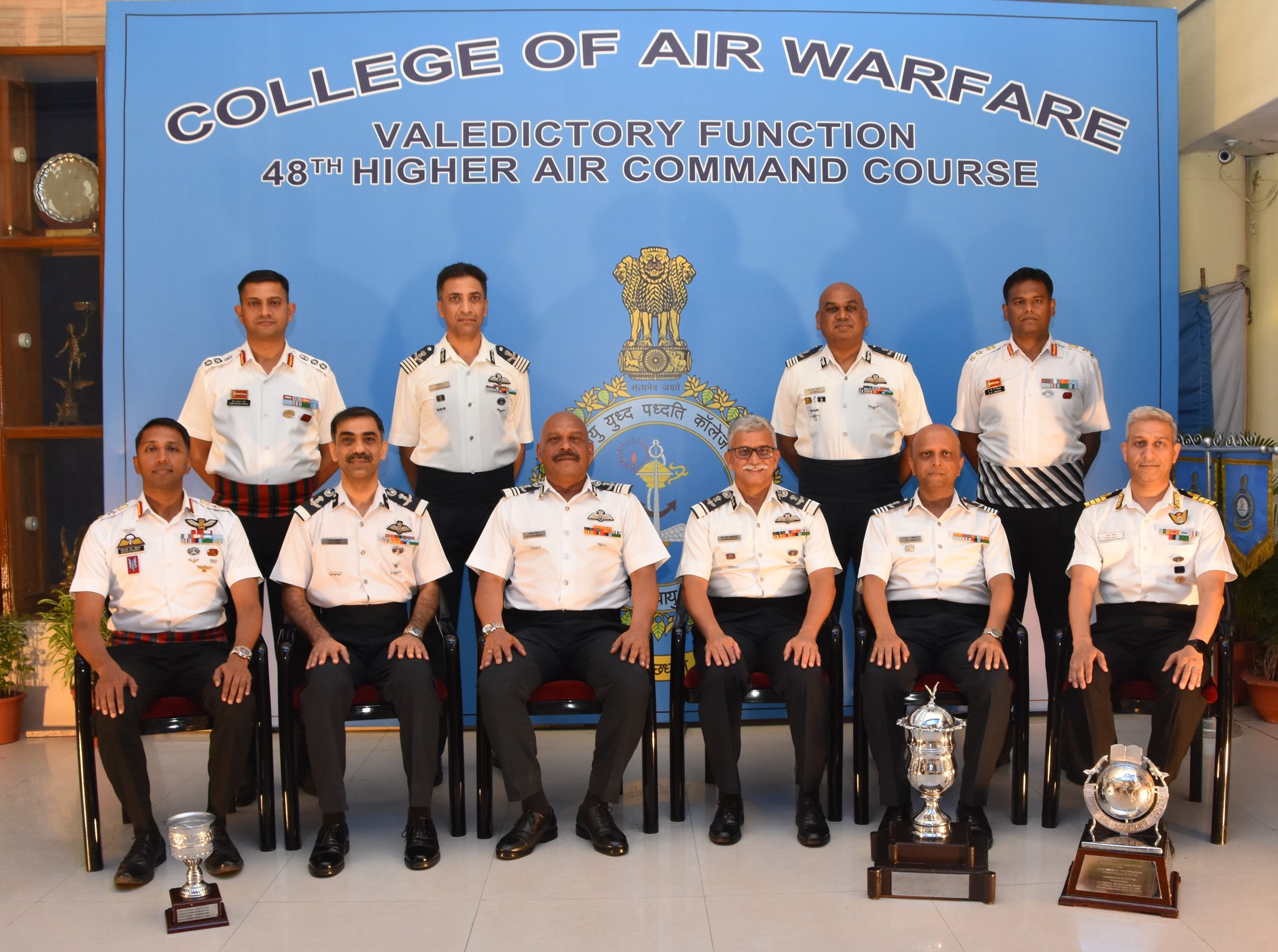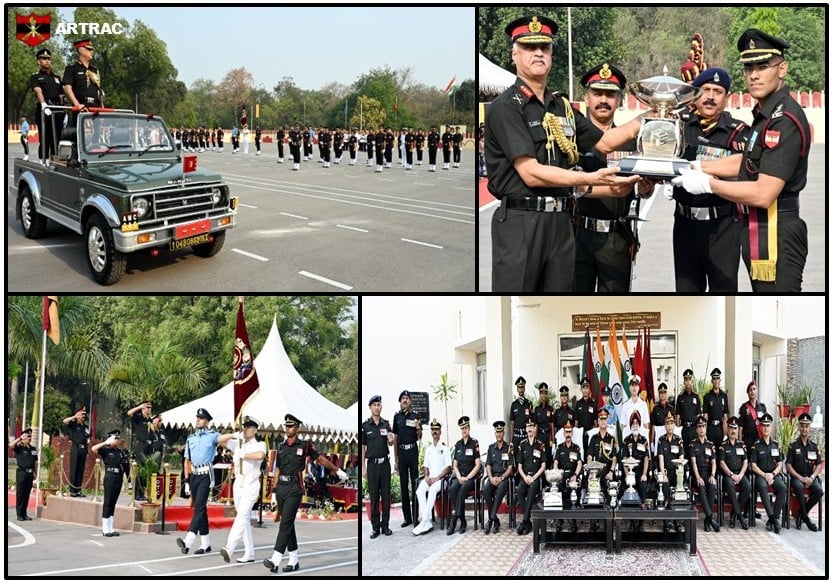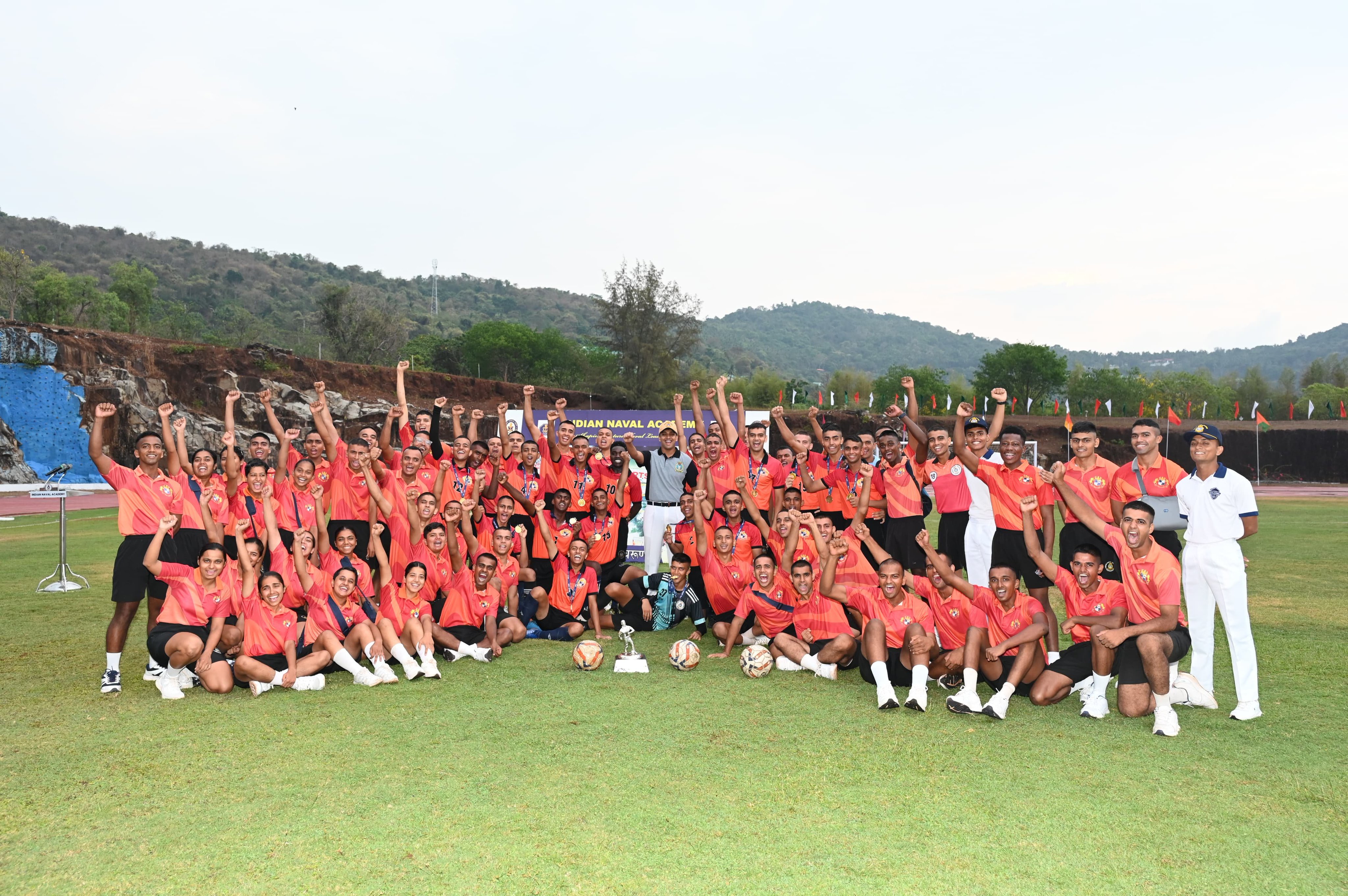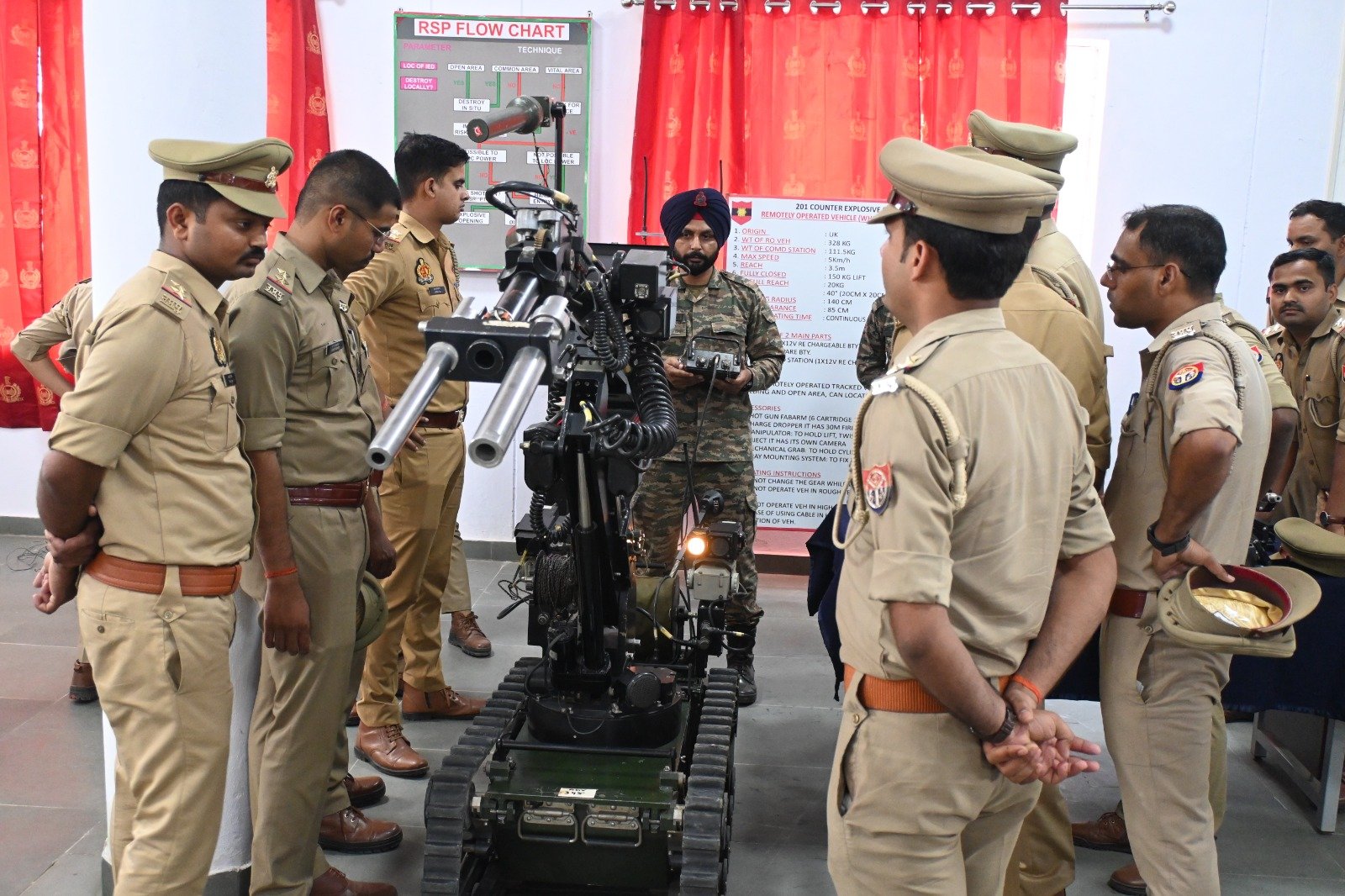As diplomatic relations between India and Canada deteriorate, concerns are mounting regarding the Indian Army’s planned procurement of Canadian-made Stryker armoured vehicles. The Ministry of External Affairs (MEA) recently rebuked Canadian Prime Minister Justin Trudeau for his allegations tying Indian government agents to the assassination of Khalistani separatist Hardeep Singh Nijjar in 2022. The MEA’s criticism comes amidst a backdrop of increasing diplomatic tensions, raising questions about the viability of the Stryker deal, which plays a significant role in India’s defence acquisition strategy.
On October 17, the MEA unequivocally denied the allegations made by Canada, which have cast a shadow over potential bilateral defence agreements. During a Commission of Inquiry, Trudeau acknowledged that his claims against India were based primarily on intelligence rather than definitive proof. MEA spokesperson Randhir Jaiswal reiterated India’s position, stating that “Canada has presented us no evidence whatsoever in support of the serious allegations that it has chosen to level against India and Indian diplomats.” This diplomatic fallout seems poised to impact essential defence negotiations, particularly the Stryker deal.
The Stryker is an eight-wheeled armoured combat vehicle developed by General Dynamics Land Systems-Canada, initially intended for the U.S. Army and manufactured in Ontario. Named after Medal of Honor recipients Stuart S. Stryker and Robert F. Stryker, the vehicle has been widely used in combat since its deployment in Iraq and Afghanistan in 2003. Weighing in at 18 tons, the Stryker has a crew capacity of two and can transport nine soldiers. It is armed with either an M2 .50-inch heavy machine gun or a 40-mm automatic grenade launcher housed in a remote-operated turret. The vehicle is powered by a Caterpillar C7 engine delivering 350 horsepower, allowing it to reach a top speed of 99 km/h with a range of 482 km. Furthermore, its compatibility with C-130 Hercules aircraft ensures rapid deployment capabilities.
Despite strong interest from the Indian Army, which values the Stryker’s agility, protection, and modular adaptability, the current geopolitical tensions may lead to delays or an indefinite suspension of the acquisition process. Defence experts are now suggesting that India should reassess its reliance on foreign armoured vehicles in favor of strengthening its indigenous defence production capabilities.
In light of this situation, some analysts have pointed to India’s Wheeled Armoured Platform (WhAP) as a potential alternative to the Stryker. Developed in collaboration with the Defence Research and Development Organisation (DRDO) and Tata Advanced Systems Limited, the WhAP is hailed as India’s most advanced armoured infantry combat vehicle programme to date. Designed to meet the operational needs of the Indian Army, the WhAP can be equipped with anti-tank guided missiles, surveillance equipment, and protective armour. Its versatile mobility and configuration enable it to perform duties akin to those of the Stryker while benefitting from domestic manufacturing and support.
If the Stryker deal remains on hold, it could necessitate a rethinking of India’s defence procurement strategies, possibly leading to increased emphasis on domestic production. Strengthening the country’s defence industrial base might mitigate the need for foreign partners in acquiring critical military assets. However, achieving this will require substantial investments in research, development, and production scalability to meet operational demands.
In light of the diplomatic rift with Canada, India may also seek to diversify its international defence partnerships, potentially engaging with suppliers from the U.S. or European defense firms. Simultaneously, there is a possibility that India might expedite the development of indigenous systems like the WhAP to achieve self-reliance in armoured vehicle production.
The uncertain future of the Stryker deal illustrates the intricacies of international defence trade, where geopolitical tensions can readily disrupt military procurement plans. While the Stryker offers advanced capabilities that could enhance India’s mechanized forces, the breakdown in India-Canada relations may prompt a strategic pivot towards indigenous solutions. With initiatives like WhAP, India lays the groundwork for the production of advanced armoured vehicles tailored to its specific operational requirements. Should international dealings stall, this scenario might accelerate India’s progress towards defence self-sufficiency, potentially reshaping the composition of its armoured vehicle fleet.

